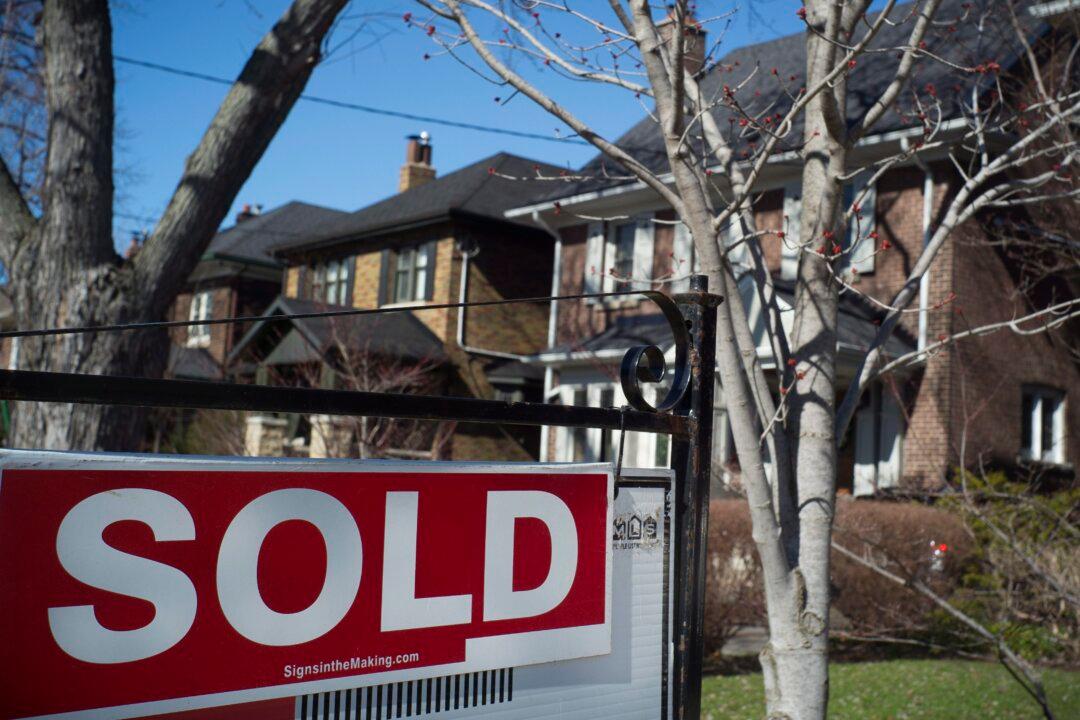The time is ripe for the emergence of a residential mortgage-backed securities (RMBS) market in Canada. For some, RMBS bring back nightmares of the subprime crisis in the United States, but the situation in Canada is very different even with overvalued housing markets in Toronto and Vancouver, according to two mortgage industry veterans.
What’s spurring the development of an RMBS market in Canada is the federal government cutting back on the amount of mortgages it insures. The government’s recent policy changes, like mortgage-rate stress tests for insured borrowers, indicate its shift in support toward safer mortgages.
The federal government wants to decrease its (taxpayers’) exposure to housing market risks. Therefore, there is a growing amount of uninsured mortgages.
“These measures promote the assessment and pricing of potential housing risks by the private market, further development of private mortgage funding markets, and greater market discipline,” said a Department of Finance official in an email.
In that vein, BMO plans to issue a $2 billion RMBS deal backed by prime, uninsured mortgages without any government or third-party credit support. The structure yields 95 percent AAA-rated bonds with credit enhancement coming from lower-rated bonds and excess cash flows generated by the difference between the mortgage rates and the deal’s expected bond coupon rates.
“The idea of additional uninsured MBS in the marketplace, actually I’m very comfortable with it. I think it’s a natural evolution in the marketplace,” said Paul Taylor, president and CEO, Mortgage Professionals of Canada, in a phone interview.
In its December 2015 Financial System Review, the Bank of Canada reviewed mortgage securitization (the process of turning mortgages into bonds) in Canada and suggested that the government could reduce its involvement in the housing market by reinvigorating private mortgage securitization.





